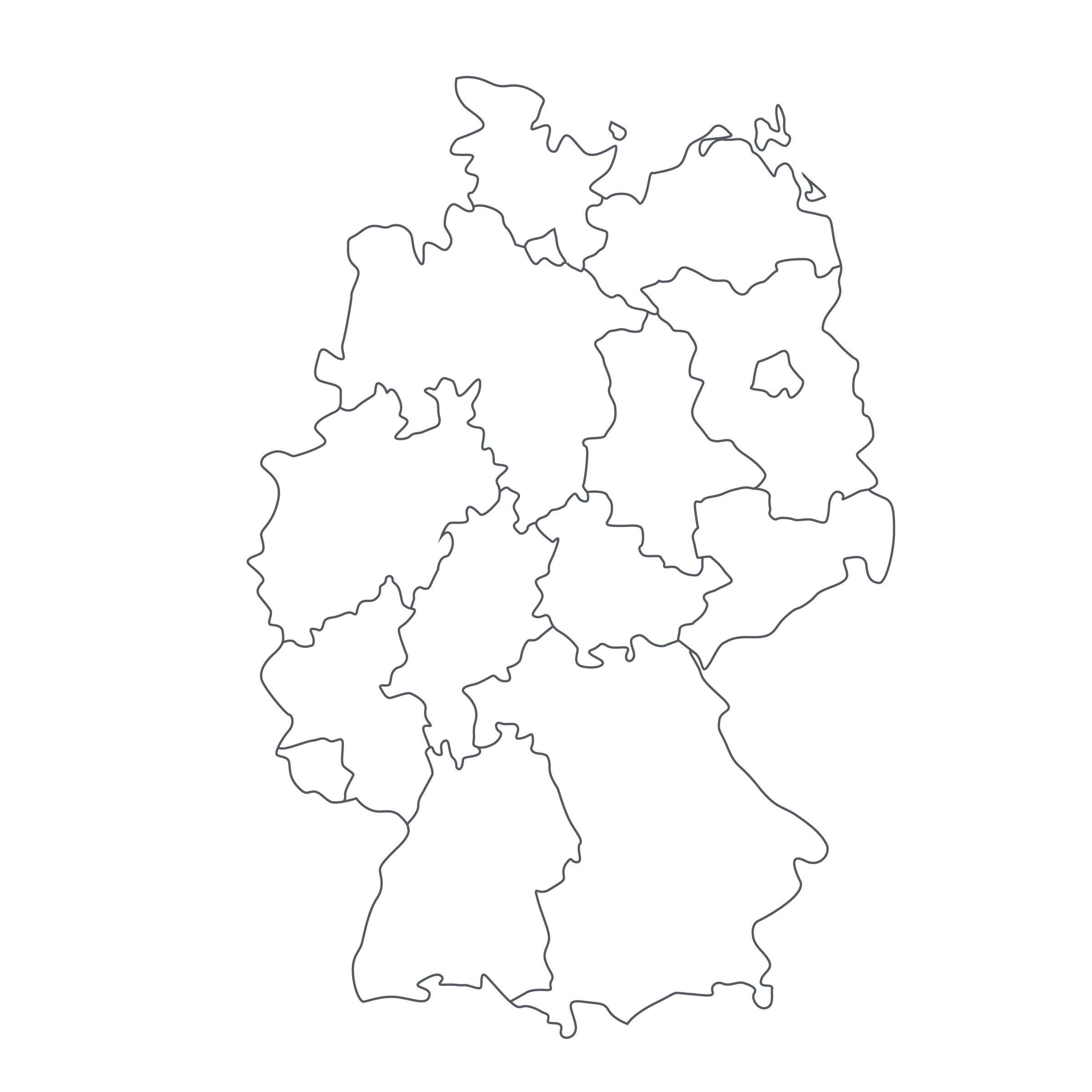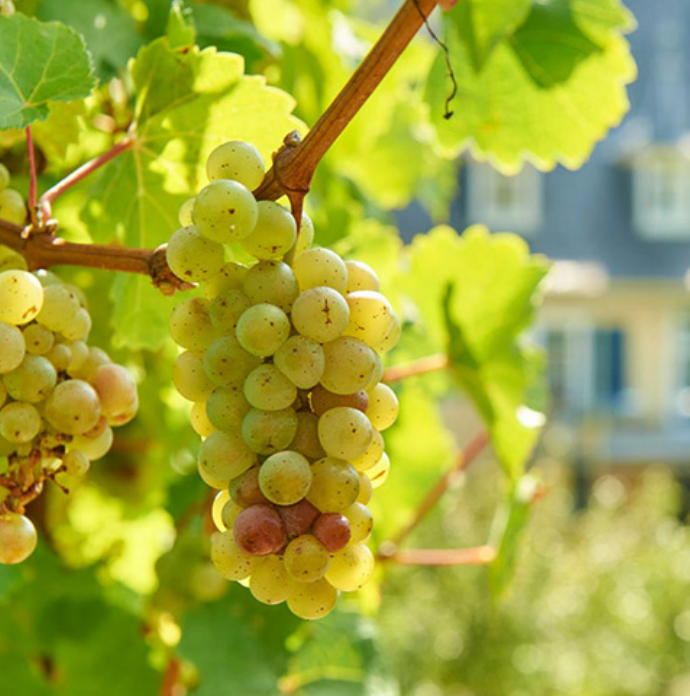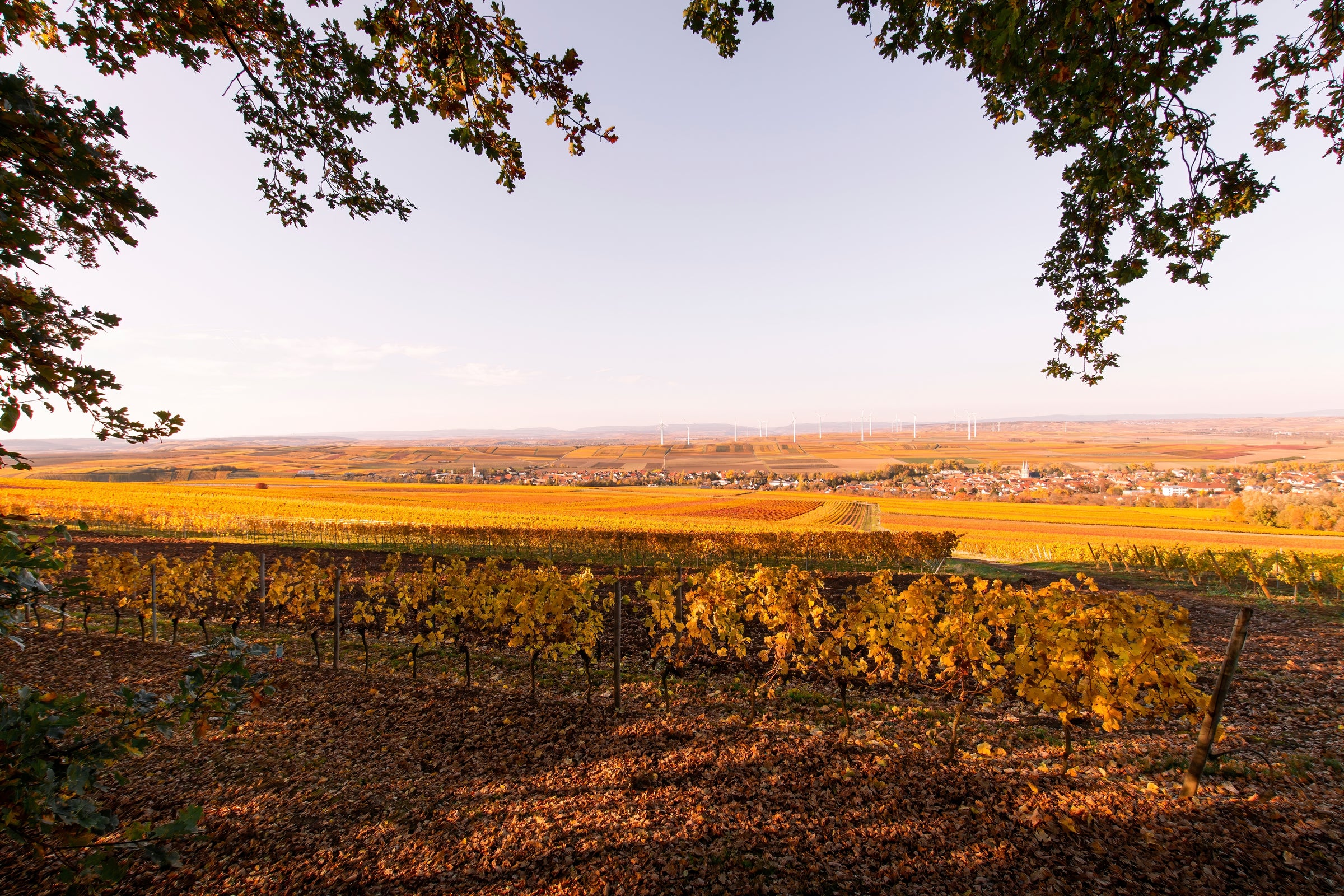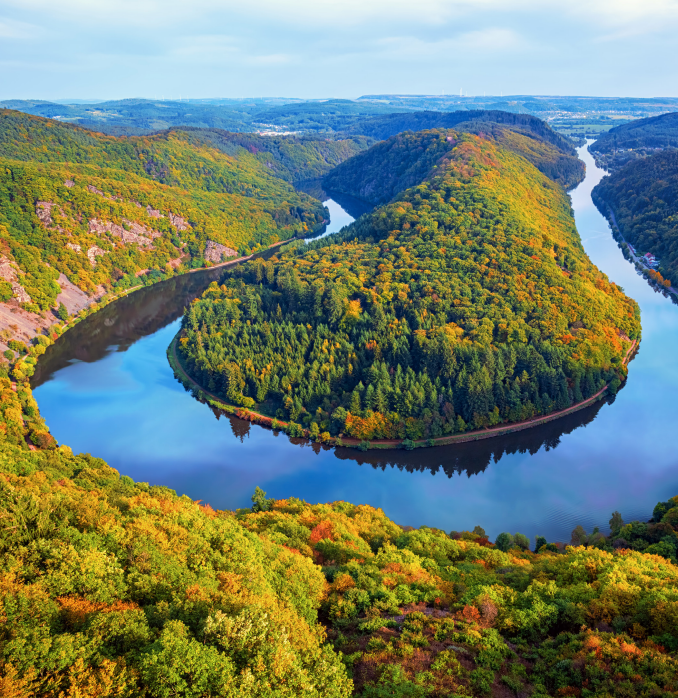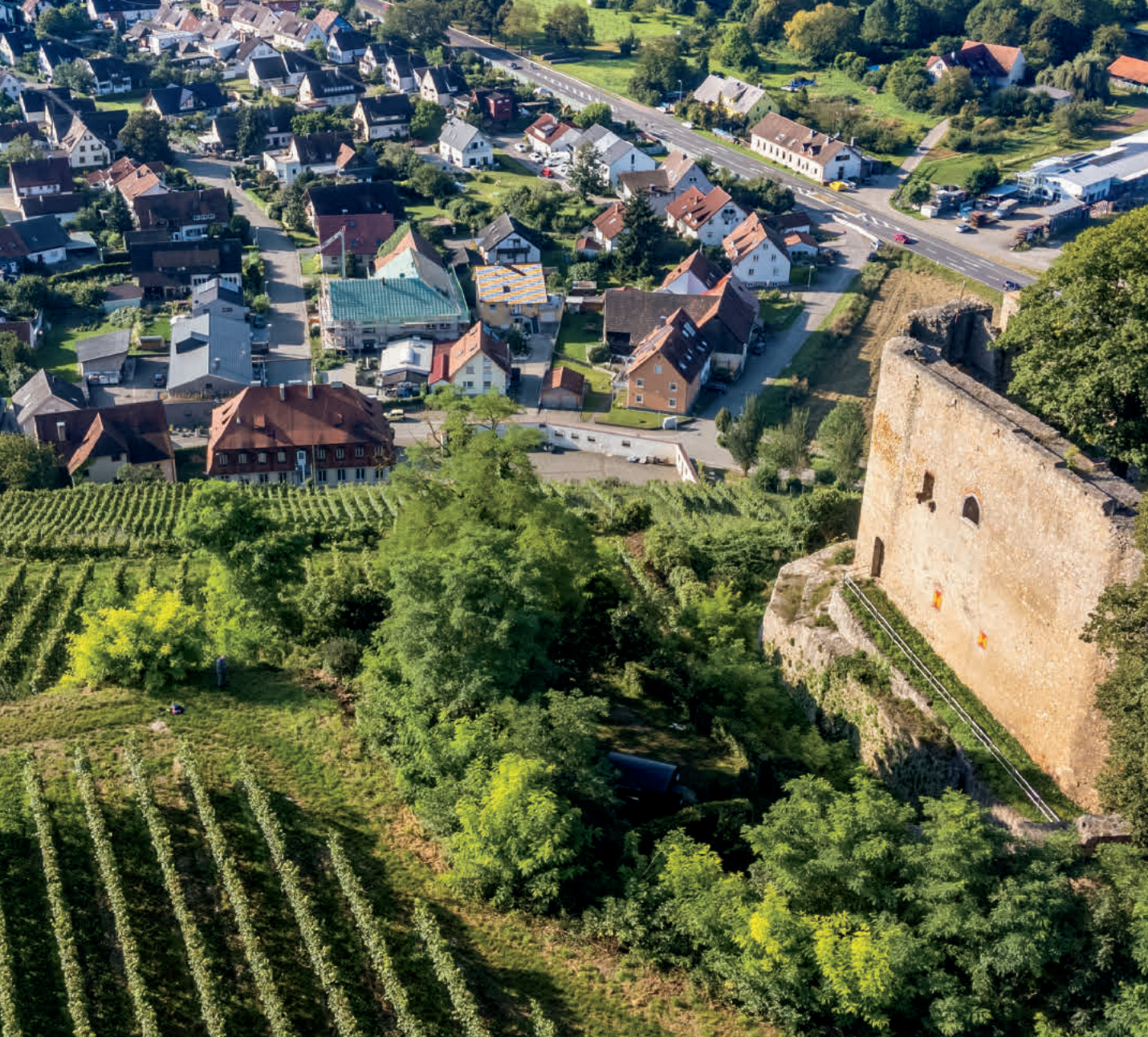Oh, you thought we were done hyping German Chardonnay? Not by a long shot. In fact, we’re kicking it up a notch with this masterful village bottling from Friedrich Becker. You’ve been listening to us repeatedly wax rhapsodic about German Pinot Noir, so it was inevitable that Germany’s take on the “other” Burgundy grape would make its way onto the site. Whatever the reason—whether it’s climate change pushing prime winemaking latitudes ever northward, or whether places like the Pfalz have always produced great wines like this, only to be ignored—Burgundy is not the only game in town anymore.
There are, in fact, two Friedrich Beckers, a Sr. and Jr., and they draw on more than five decades of experience with Chardonnay, a variety they lovingly refer to as a “prima donna.” Sometimes prima donnas are more hype than substance, but not in this case: If we didn’t know better, we might have thought we were drinking classic-vintage Puligny-Montrachet from a bygone era. The combination of purity, ripeness, minerality, and electrifying acidity (nearing 8 grams, for the geeks out there) is world-class by any measure. And the price? Exceedingly fair. Time to explore a new Chardonnay frontier!
The Pfalz region really is a frontier, too. It’s named for a tributary of the Rhine and runs all the way to Germany’s border with Alsace. The Vosges mountain range, which shelters Alsace from storms from the west, becomes the Haardt range across the border in the Pfalz, so, like Alsace, the Pfalz is a drier, warmer region than some of the other classic regions along the Rhine. The Pfalz’s soils, too, are more varied than most of the other key German wine zones, with many pockets of clay/limestone marl reminiscent of that found in Burgundy. Pinot Noir, Pinot Blanc, and Chardonnay are found elsewhere in Germany, but in the Pfalz, they’re not merely supporting players—they’re limelight-sharing costars. (Pinot Noir, Pinot Gris, Pinot Blanc and Chardonnay represent roughly 60% of the Beckers’ total vineyard plantings.)
The Beckers are members of Germany’s exclusive VDP (Verband Deutscher Prädikatsweingüter), an invitation-only association of 200+ producers which sets quality standards for its members and can be identified by the eagle trademark on the capsule. VDP designations for wines closely resemble those used in Burgundy: there’s Gutswein (a regional wine from multiple vineyards); Ortswein (village wine); Erste Lage (“Premier Cru”); and Grosse Lage (“Grand Cru”). Today’s wine, an Ortswein, is named for the Beckers’ home village of Schweigen, which sits right on the German/French border.
Many of the Becker family’s Chardonnay vineyards, planted in soils of clay and limestone, fall on the “French” side of that border. “It is a curious fact,” they note, “but we are still allowed to produce German wine there as the family owns the vineyards for many generations already.” Grapes for this 2019 were hand-harvested, carefully destemmed, and fermented/aged in 228-liter French and German oak barrels (40% new), creating a wine with lots of what might be called “Burgundian” aromatic markers—ripe yellow apple fruit and a hint of toast and warm spice—but also a level of mouth-watering acidity not often encountered in modern-day Burgundy.
This is a crystalline, juicy Chardonnay that balances quite a lot of complexity on the head of a pin. Lifted aromas of lemon zest, Asian pear, white flowers, and chalk carry over to the medium-bodied palate—although with time in the glass, and the attendant rise in temperature, the texture broadens considerably. Nevertheless, this is a firm, fine-tuned, electric Chardonnay with lots of life still ahead of it. It’ll be hard to keep your hands off it once you’ve tried a bottle, so give it a quick splash-decant before serving in all-purpose stems at around 50 degrees for best results. Give it a proper airing alongside a classic Alsatian tarte flambée. Enjoy!
